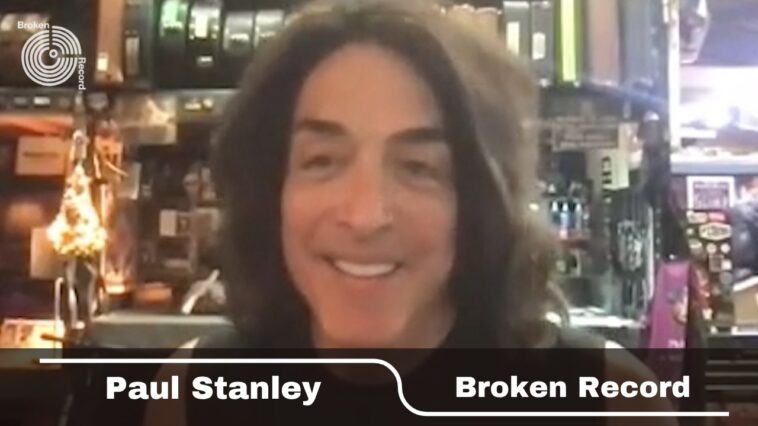Asking a seasoned guitarist to name their favorite album is like asking a mother to choose her favorite child.
Paul Stanley was involved in every one of Kiss’s 12 studio albums released between 1973 and 2023, when the group quit touring (and presumably went into retirement).
That makes picking a favorite all the more difficult.
Yet, when asked to do just that while guesting on the Broken Record podcast, Stanley wove through the band’s wide-ranging back catalog to pick one that was important for something more than its music.
His pick? Alive!, the band’s first live album. Released in 1975, it arrived following a tireless two years during which Stanley and Gene Simmons recruited guitarist Ace Frehley — who got the gig after nailing a solo while jamming “Deuce” — and drummer Peter Criss.
They released three records in that time, but, as Stanley admits half a century later, the band’s plans for world domination hadn’t fully kicked into gear. Alive! would change that.
“We wanted an album that immersed you in the experience,” he says. “Which means being surrounded by people, which means bombs going off that are deafening, which means fixing any mistakes or a broken string.”
indeed, Kiss repaired much of the live tracks in the studio. It’s said little remains of the original recordings other than Peter Criss’s drum tracks.
Regardless, the album gave fans the impression they were experiencing Kiss in all their live, unfettered glory.
Speaking in the 2013 book Nothin’ To Lose: The Making of KISS (1972-1975)Stanley said: “I never thought any of our first three albums captured the intensity of what the band was going for or was. And it was a problem because people would come to see us and many of them weren’t buying our albums.”
As a tour with Black Sabbath in ‘74 demonstrated, Kiss were a dangerous live act. Bottling that energy, however, had its issues. Kiss were often distracted by the craziness of their shows, which regularly saw the stage engulfed in pyro, to give the performance a live album deserved.
Producer Eddie Kramer (Jimi Hendrix, Led Zeppelin) declared that heavy overdubbing was needed to fix botched chord changes and missed cues. As such, some look at the album with a degree of cynicism: Is it really live?
Stanley shrugs off those doubts.
“Snobs or purists may have looked down their nose at that idea,” he says. “But the truth is that album is still considered, if not the greatest, one of the greatest, and in a lot of circles greatest live album ever. Not because everything was live, but because it captured the live experience.”
It certainly strikes a topic for debate. Two other classic rock and roll live albums, Thin Lizzy’s seminal Live and Dangerous and Motörhead’s No Sleep ‘til Hammersmith were not each recorded on one night, as they may appear. Lizzy’s includes recordings from four shows, having listened to 30 hours of material to find the best takes and Motörhead’s five nights.
Even in more recent times, Machine Head’s Machine Fucking Head Live is notoriously cheeky for splicing recordings from several nights together to present one full song. On “Halo”, guitarist/vocalist Robb Flynn clearly states the names of different cities throughout their run times. So is Alive! dishonest, or was it a means to an end?
Regardless of allegiances there, the record was a success. But it did more than shift units. And it’s the one Stanley cherishes the most.
![Kiss - Alive! [Full Album] (HQ) - YouTube](https://backingtracksfullcollection.com/wp-content/uploads/2025/06/1749844933_492_We-wanted-an-album-that-immersed-you-in-the-experience.jpg)
